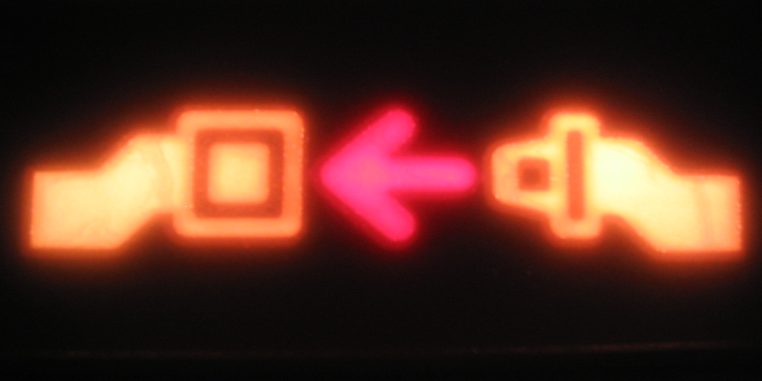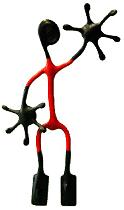Intelligent seatbelt

The seatbelt is definitively and literally a lifesaver, protecting car occupants from the sudden decelerations that take place during a car crash.
There are however reports that suggest that during low-velocity car crashes, the seatbelt can have a negative influence on the loads that the neck will have to endure. Consider, for instance, the movement of the head relative to the trunk. In a previous project we found that the relative accelerations between head and trunk, were smaller during impacts in which the subject was not wearing a seatbelt than when there was a seatbelt. In other words, in these situations the presence of a seatbelt might have resulted in higher loads in joints (and associated structures) of the neck.
There might thus be room to optimize the seatbelt’s behavior, especially during low-velocity impacts. In this project, funded by the Federal Ministry for Economic Affairs and Energy (Bundesministerium für Wirtschaft und Energie, BMWi), we help investigate the possibility of developing an adaptive restraint system. In this project, we apply the musculoskeletal model Myonardo to investigate the biomechanical response to the impacts encountered during a crash. The approach to compute this response is twofold: in the inverse approach we use kinematic and kinetic data that we collect during sled tests with human subjects in order to compute the forces - for example, the total joint force in the neck - that must have given rise to the observed kinematics. In the forward approach Myonardo is extended with a physical model of the seat-restraint system to simulate (or predict) their interaction in a variety of scenarios.
The project is carried out together with partners from industry and academics and falls within the scope of the so-called "Central Innovation Programme for small and medium-sized enterprises” (ZIM).
For questions about the project, please contact Maarten van den Heuvel


